How To Make Night Vision Binoculars At Home ?
Making night vision binoculars at home is a complex and specialized task that requires advanced knowledge of optics, electronics, and image intensification technology. It is not recommended for inexperienced individuals to attempt this project due to safety concerns and the potential for damaging expensive equipment. Night vision technology involves the use of infrared light and sensitive sensors to amplify low levels of light, allowing for enhanced visibility in dark environments. The manufacturing and assembly of night vision devices require specialized components and precise calibration to ensure optimal performance. It is advisable to consult professional experts or manufacturers who specialize in night vision technology for guidance and assistance in obtaining or building night vision binoculars.
1、 Infrared Illumination: Enhancing visibility in low-light conditions using infrared light.
Infrared Illumination: Enhancing visibility in low-light conditions using infrared light.
In low-light conditions, having enhanced visibility can be crucial for various activities such as surveillance, wildlife observation, or even stargazing. One effective way to achieve this is by using infrared illumination, which can be incorporated into night vision binoculars. While making night vision binoculars at home may not be a simple task, understanding the concept of infrared illumination can provide valuable insights.
Infrared illumination works by emitting infrared light, which is invisible to the human eye but can be detected by specialized sensors or cameras. This light is then converted into a visible image, allowing us to see in low-light conditions. The process involves using infrared LEDs (Light Emitting Diodes) that emit infrared light when an electric current is applied.
To make night vision binoculars at home, one would need to integrate infrared LEDs into the binoculars. This would involve disassembling the binoculars, identifying the appropriate location for the LEDs, and wiring them to a power source. Additionally, a switch or control mechanism would be necessary to activate or adjust the intensity of the infrared illumination.
It is important to note that creating effective night vision binoculars at home may require technical expertise and access to specialized components. Moreover, the legality of using night vision devices, including those with infrared illumination, may vary depending on the jurisdiction. Therefore, it is advisable to research and comply with local regulations before attempting to create or use such devices.
In recent years, advancements in technology have led to the availability of affordable night vision binoculars with built-in infrared illumination. These commercially available options often offer superior performance and convenience compared to homemade solutions. However, for those with a keen interest in DIY projects, understanding the principles behind infrared illumination can be a fascinating endeavor.
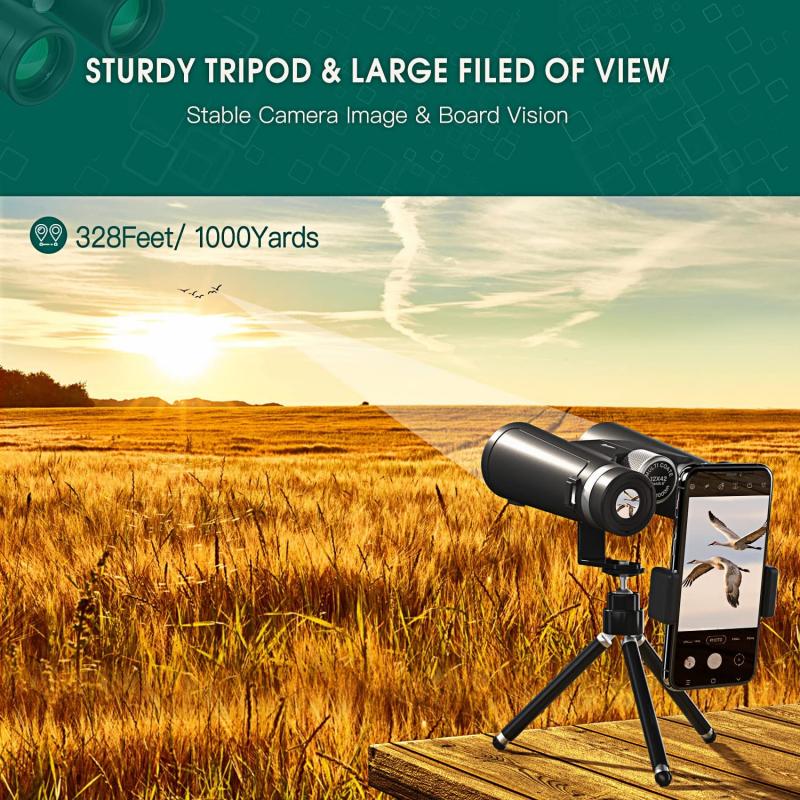
2、 Image Intensification: Amplifying available light to improve night vision capabilities.
Night vision binoculars are devices that allow us to see in low-light conditions by amplifying available light. While it is not possible to create professional-grade night vision binoculars at home, there are some DIY methods that can enhance our night vision capabilities to a certain extent.
One method is to use an image intensifier, which amplifies the available light to improve night vision. Image intensifiers work by converting photons (particles of light) into electrons, which are then amplified and converted back into visible light. This technology is commonly used in professional night vision devices.
To create a basic image intensifier at home, you would need a few components such as a photocathode, a microchannel plate, and a phosphor screen. However, it is important to note that these components are not readily available and may require specialized knowledge to handle.
Additionally, the quality and effectiveness of a homemade image intensifier would be significantly lower compared to commercially available night vision binoculars. Professional devices are designed with precision optics and advanced technology to provide clear and detailed images in low-light conditions.
It is worth mentioning that attempting to create night vision binoculars at home can be potentially dangerous and may not yield satisfactory results. It is always recommended to invest in commercially available night vision devices that are designed and tested for optimal performance and safety.
In conclusion, while it is not feasible to create professional-grade night vision binoculars at home, understanding the basic principles of image intensification can help us appreciate the technology behind night vision devices.

3、 Optical Design: Optimizing lens and prism configurations for enhanced visibility.
Optical Design: Optimizing lens and prism configurations for enhanced visibility.
Night vision binoculars are a valuable tool for various activities such as wildlife observation, surveillance, and even stargazing. While there are commercially available night vision binoculars, it is also possible to create a basic version at home using some simple optical design principles.
To make night vision binoculars at home, you will need a few key components: objective lenses, eyepieces, and a prism system. The objective lenses gather light and focus it onto the eyepieces, which magnify the image for the viewer. The prism system is responsible for correcting the image orientation and providing a comfortable viewing experience.
When it comes to optimizing the lens and prism configurations for enhanced visibility, there are a few considerations to keep in mind. Firstly, the objective lenses should have a large aperture to allow more light to enter the binoculars. This will improve the overall brightness and clarity of the image. Additionally, using lenses with a low dispersion index can help reduce chromatic aberration, resulting in sharper images.
The eyepieces should be chosen based on the desired magnification level. Higher magnification can provide more detailed views, but it may also reduce the field of view and make the image appear darker. It is important to strike a balance between magnification and brightness.
In terms of the prism system, a roof prism design is commonly used in modern binoculars. This design allows for a more compact and lightweight binocular while maintaining image quality. However, it is worth noting that a porro prism design can provide better depth perception and a wider field of view.
It is important to mention that creating night vision binoculars at home will not yield the same level of performance as professional-grade devices. Commercial night vision binoculars incorporate advanced technologies such as image intensifiers and infrared illuminators to enhance visibility in low-light conditions.
In conclusion, while it is possible to make night vision binoculars at home using basic optical design principles, the performance may not match that of commercially available devices. However, by optimizing lens and prism configurations for enhanced visibility, it is possible to create a functional and enjoyable viewing experience.
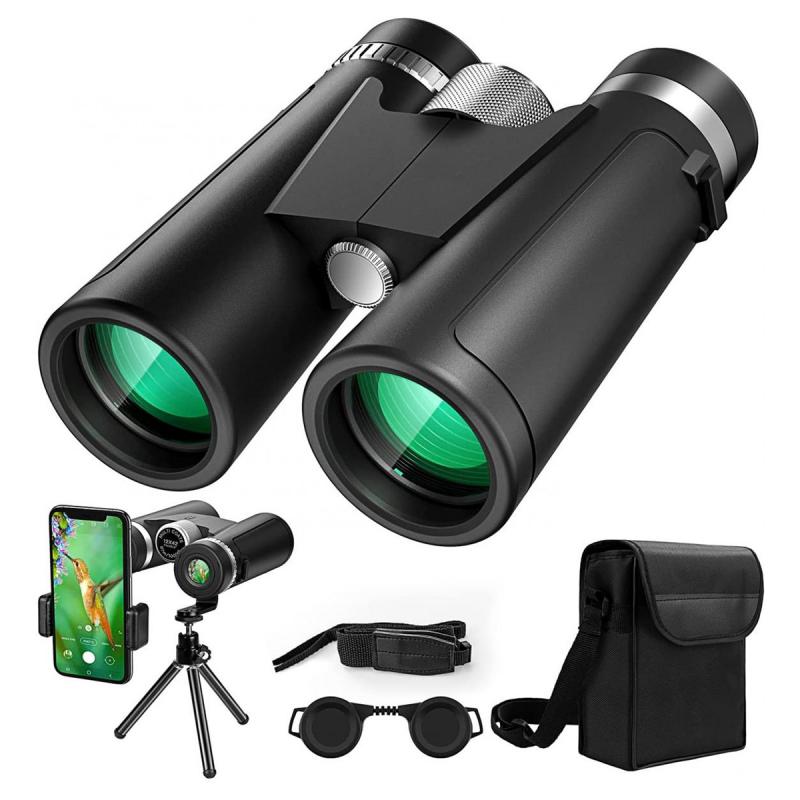
4、 Digital Night Vision: Utilizing digital sensors and image processing for night vision.
Digital Night Vision: Utilizing digital sensors and image processing for night vision.
Night vision technology has come a long way since the days of bulky, expensive binoculars. With advancements in digital sensors and image processing, it is now possible to create your own night vision binoculars at home.
To make night vision binoculars at home, you will need a few key components. First, you will need a digital camera with a high ISO sensitivity. This will allow the camera to capture more light in low-light conditions. Next, you will need an infrared (IR) illuminator. This device emits infrared light, which is invisible to the human eye but can be detected by the camera. Finally, you will need a pair of binoculars to attach the camera to.
To assemble your night vision binoculars, start by attaching the digital camera to the binoculars using a mounting bracket or tripod. Make sure the camera is securely attached and aligned with the binoculars' lenses. Next, connect the IR illuminator to the camera, either directly or using a separate power source. The IR illuminator will provide additional light for the camera to capture.
Once everything is set up, turn on the camera and adjust the settings to maximize its low-light performance. This may include increasing the ISO sensitivity, adjusting the exposure, and enabling any night mode or night vision features the camera may have.
With your homemade night vision binoculars, you will be able to see in the dark by relying on the camera's ability to capture infrared light. This technology allows for a clearer and more detailed view of your surroundings in low-light conditions.
It is important to note that while homemade night vision binoculars can be a fun and educational project, they may not provide the same level of performance as professional-grade night vision devices. Commercially available night vision binoculars often incorporate additional features such as image intensification and thermal imaging, which enhance visibility in the dark.
In conclusion, utilizing digital sensors and image processing has revolutionized night vision technology. By creating your own night vision binoculars at home, you can experience the thrill of seeing in the dark and gain a deeper understanding of how this technology works.
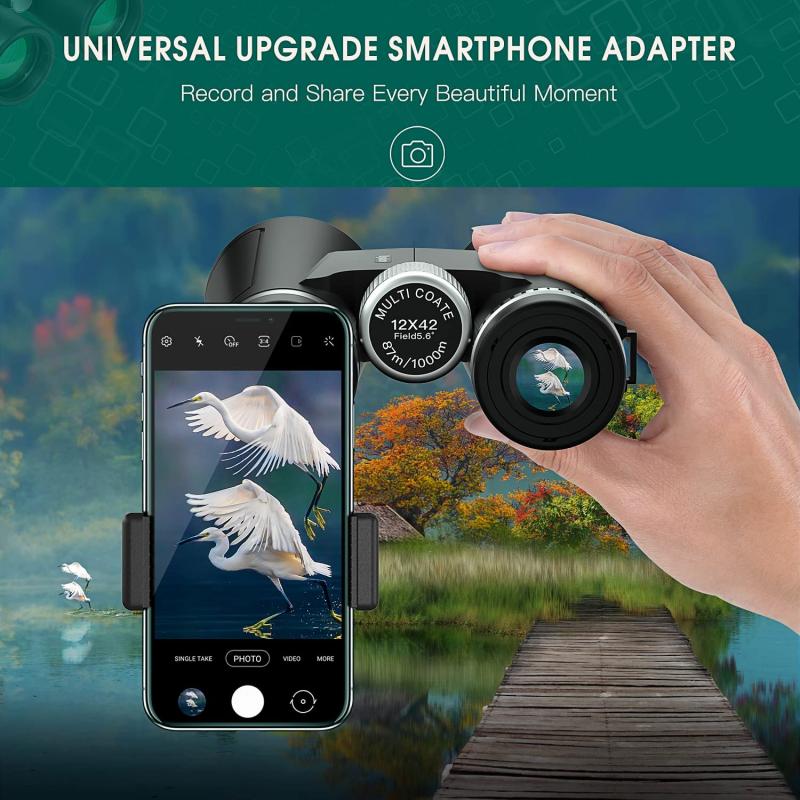





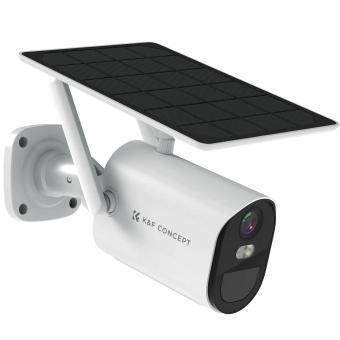

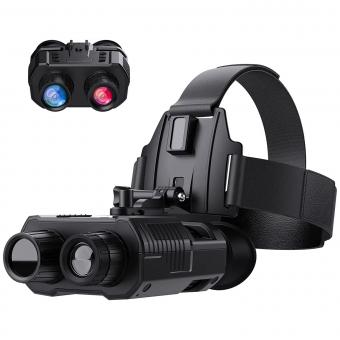


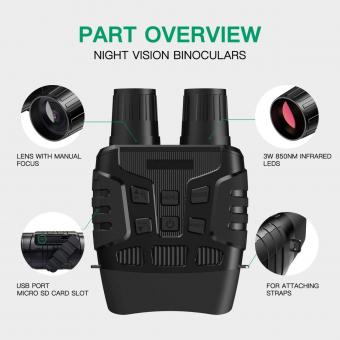
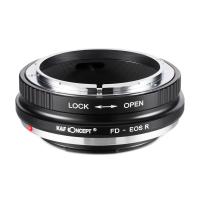

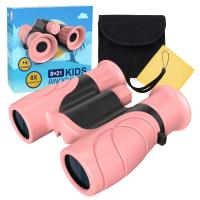
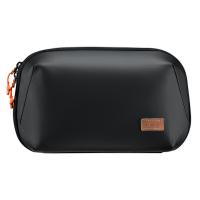
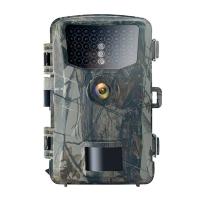


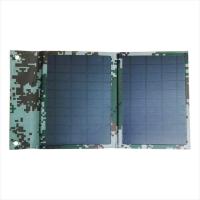
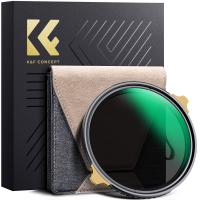

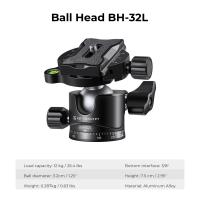


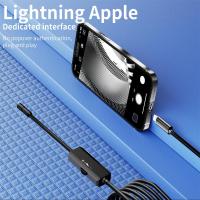

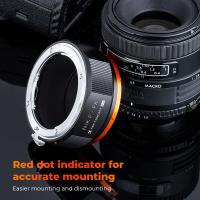
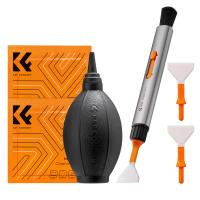
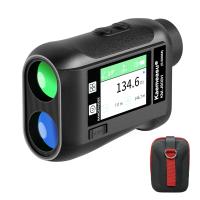
There are no comments for this blog.